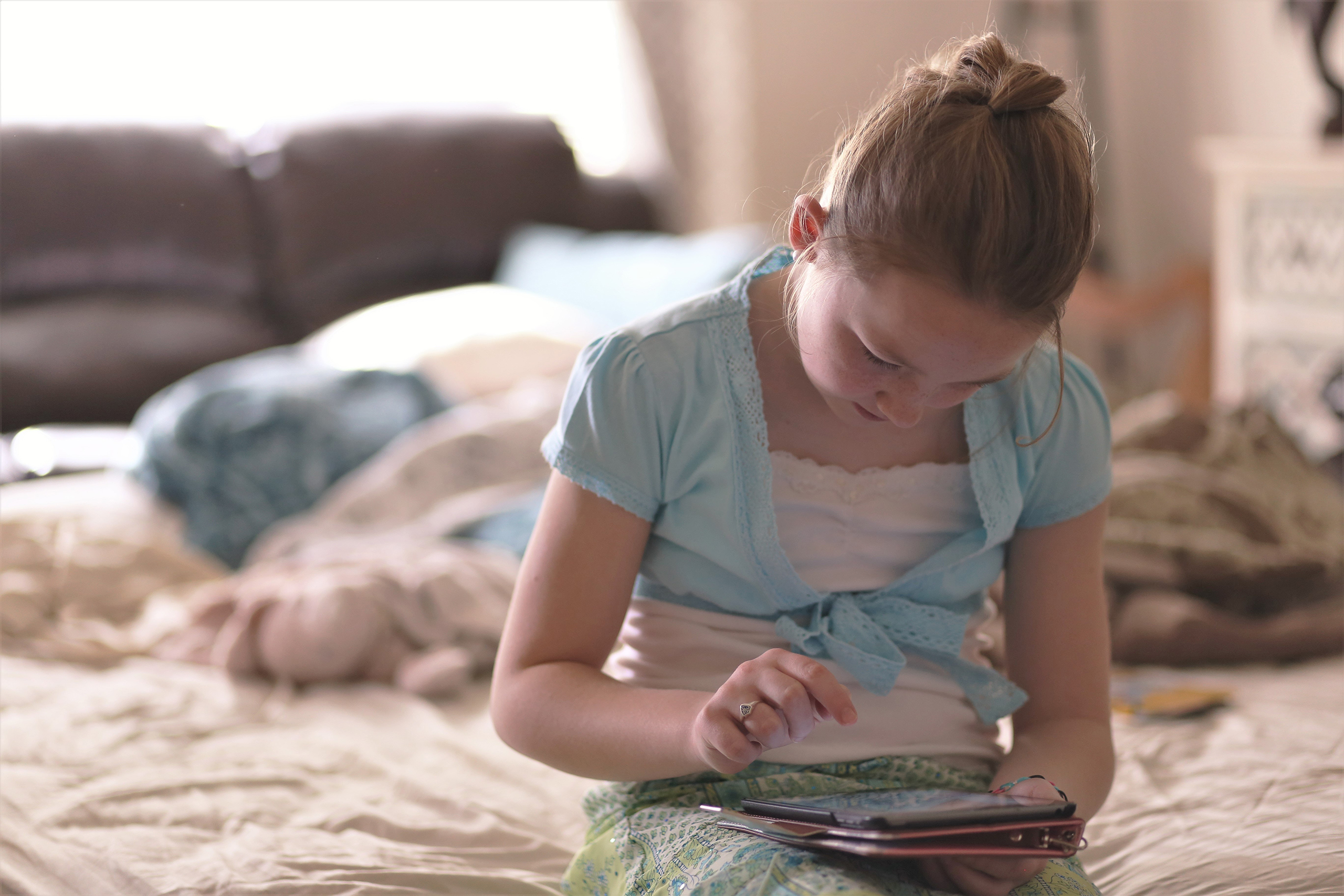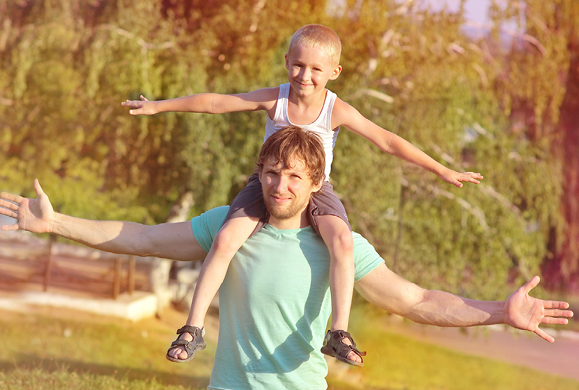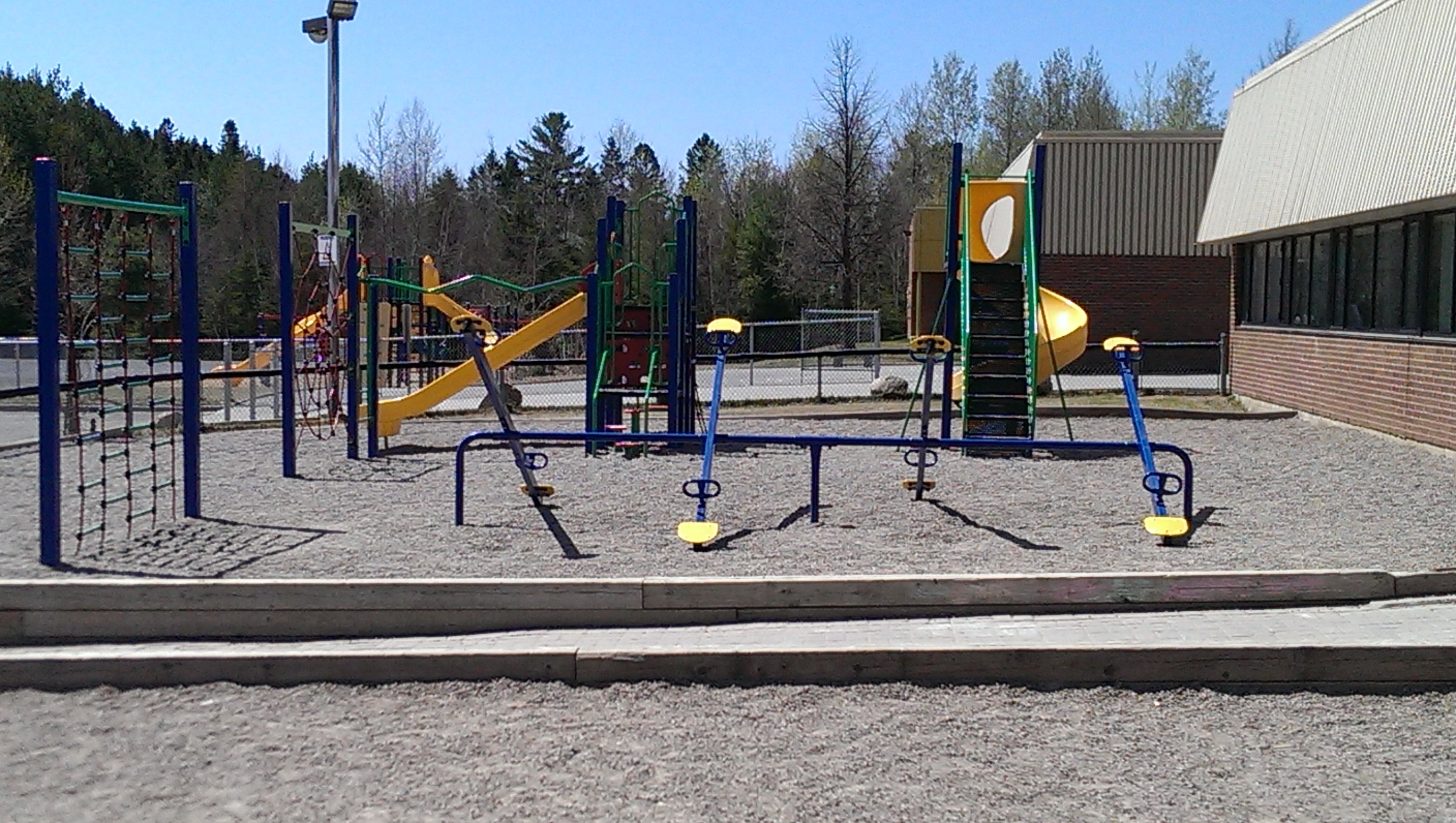Screen time: how do I set limits for my child?
Every day, managing screen time for children and adolescents is a challenge! However, with the pandemic and reduction (or even the absence!!) of social and sports activities, screen time is increasing dramatically! Many parents no longer know how to deal with this issue. How much time should be allowed? Should we give the child free reign? How much time to allow? The first step is to determine how much screen time will be given per day. This will depend on the age of the child. Here [...]










